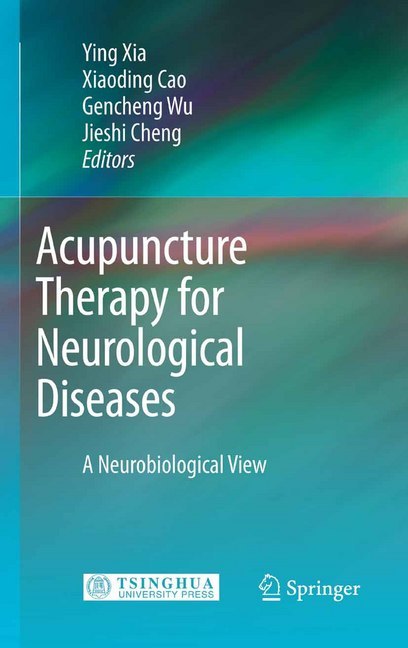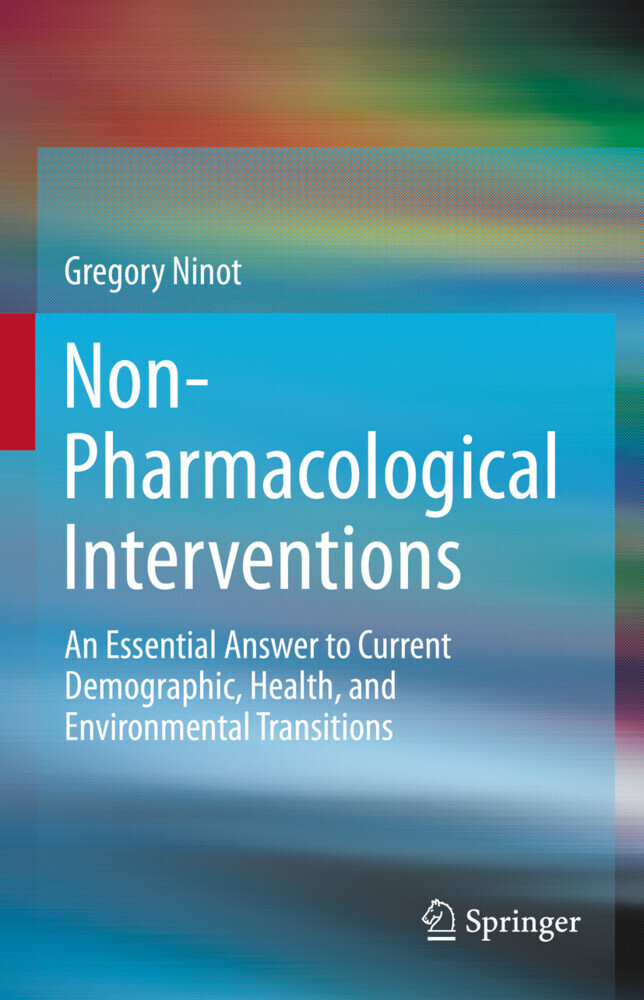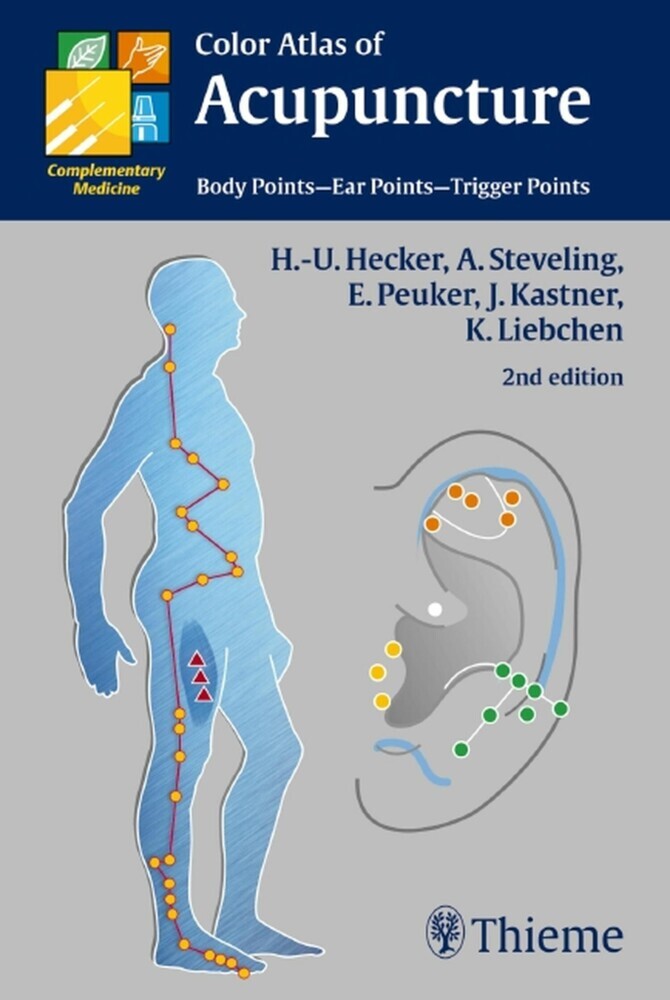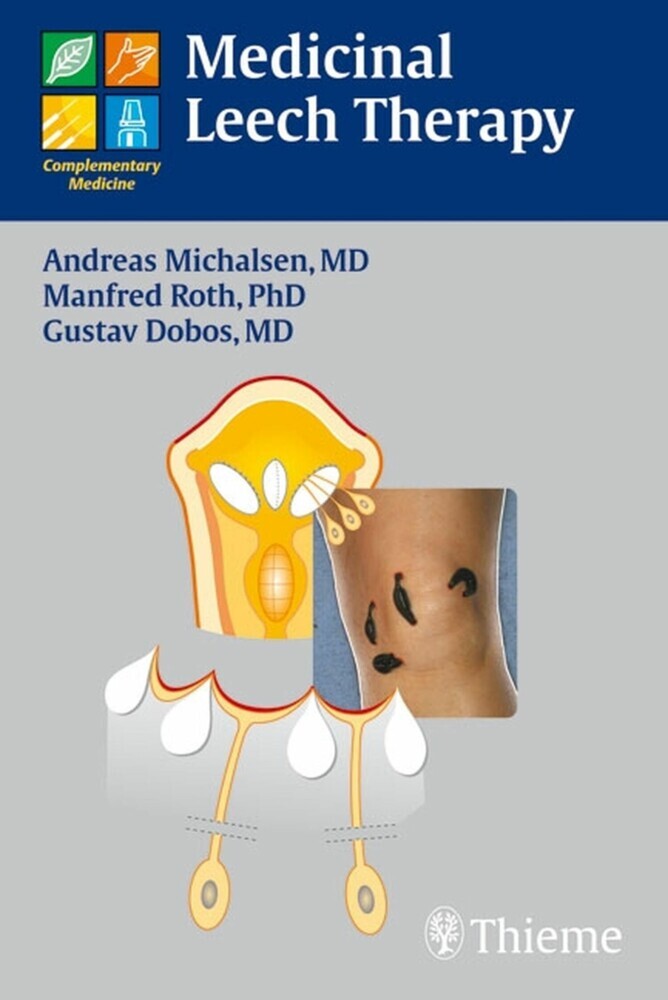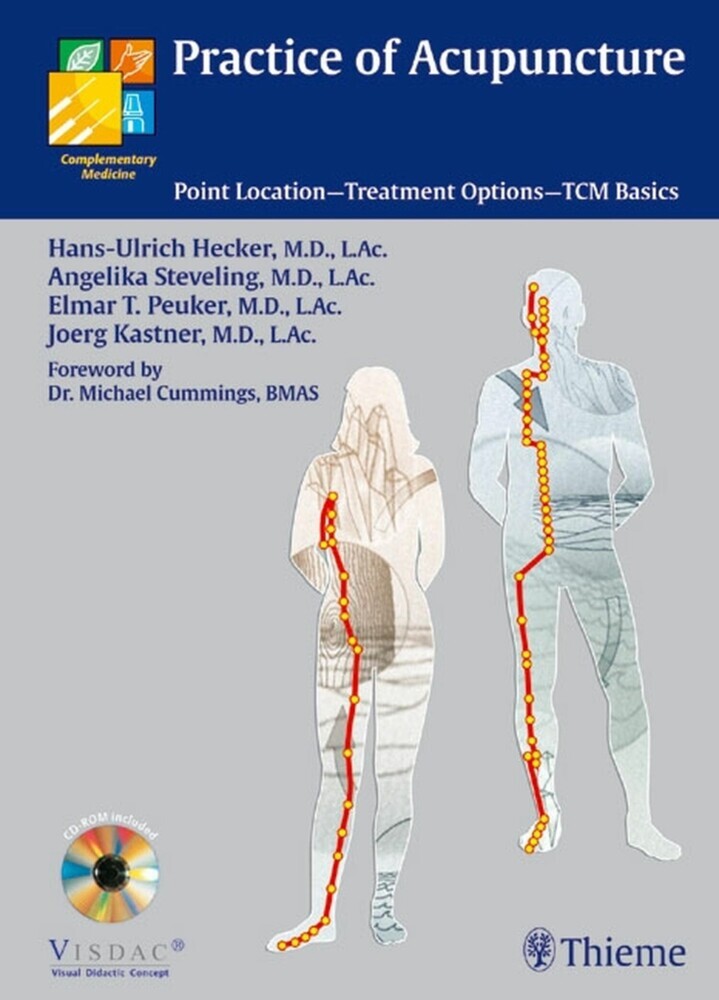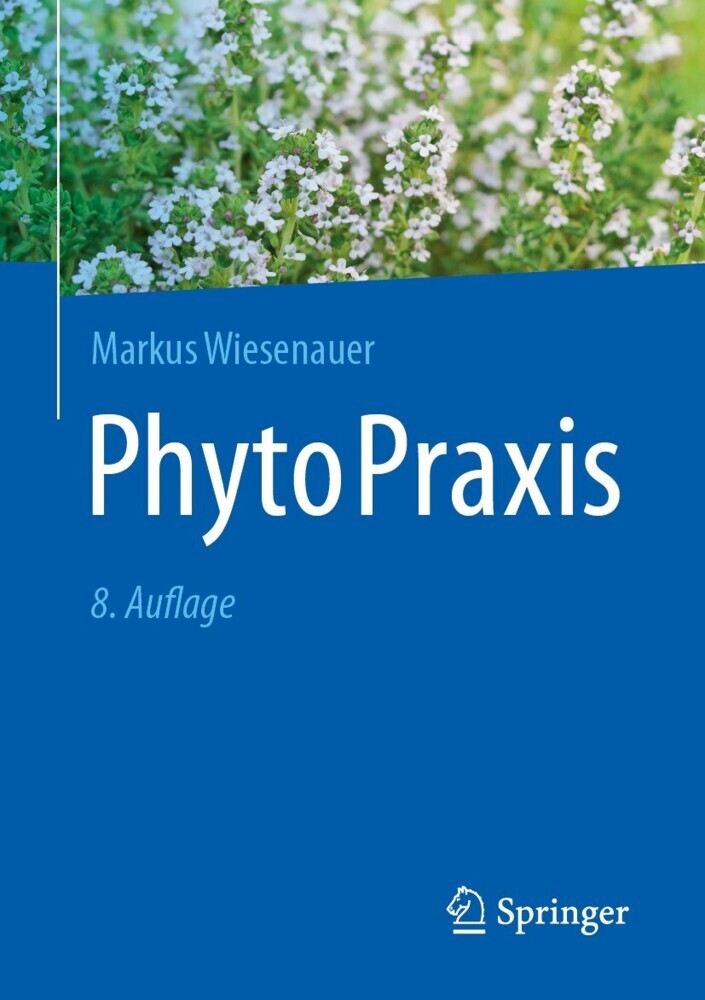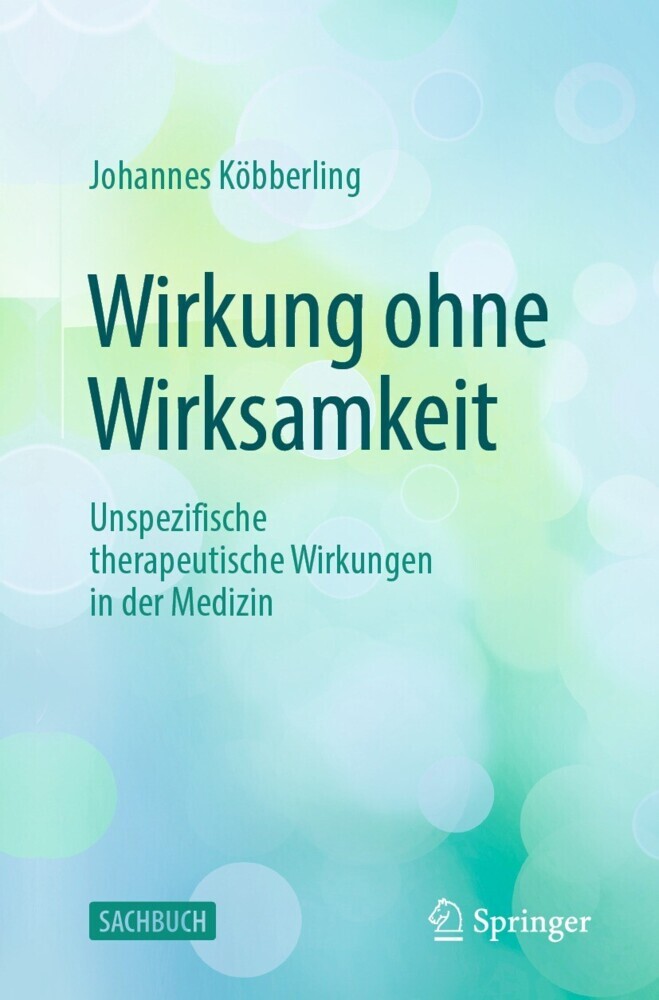Acupuncture Therapy for Neurological Diseases
A Neurobiological View
Written in modern scientific language, "Acupuncture Therapy for Neurological Diseases:A Neurobiological View" discusses current research, applying multiple neuroscience approaches, on the effect of acupuncture on neurological diseases and the underlying mechanisms. Apart from basic principles of acupuncture, topics include acupuncture analgesia, acupuncture-drug balanced anesthesia, acute and chronic body pain, stroke, cardiac diseases, hypertension, hypotension, epilepsy, neuroimmuno suppression, female infertility, menopausal & perimenopausal syndrome, smoking, depression, and drug addiction. Each chapter is written by experts in the field. This unique book provides a broad perspective on the principles of acupuncture for acupuncture researchers and neuroscientists. It summarizes clinical applications of various acupoints and optimal conditions in the treatment of neurological diseases. For a medical student, this book is a modern course in ancient Traditional Chinese Medicine, especially acupuncture.
1;Title Page;2 2;Copyright Page;3 3;1 History of Modern Acupuncture Research in China;10 3.1;1.1 Acupuncture and Traditional Chinese Medicine;10 3.1.1;1.1.1 The Channels and Collaterals;12 3.1.2;1.1.2 Acupoints;13 3.1.3;1.1.3 General Principles of Acupuncture Treatment;13 3.2;1.2 Modern Developments in Acupuncture Treatment;14 3.3;1.3 Acupuncture Research at Shanghai Medical University;16 3.3.1;1.3.1 Relationship Between the Meridian-Points and Peripheral Nerves;16 3.3.2;1.3.2 Acupuncture Analgesia and Acupuncture Anesthesia;17 3.3.2.1;1.3.2.1 Effect of acupuncture on pain perception on normal subjects;17 3.3.2.1.1;1. Effect of acupuncture on normal volunteers;17 3.3.2.1.2;2. Effect of sham acupuncture on normal subjects;17 3.3.2.2;1.3.2.2 Clinical features of acupuncture anesthesia on patients;18 3.3.2.3;1.3.2.3 Neurohumoral mechanism of acupuncture analgesia;20 3.3.2.3.1;1. Peripheral neuropathway of acupuncture feeling;20 3.3.2.3.2;2. Central neuromodulatory mechanism of acupuncture analgesia;22 3.3.2.4;1.3.2.4 Endogenous opioid peptides and acupuncture analgesia;23 3.3.2.4.1;1. Release of endogenous opioid peptides by acupuncture;23 3.3.2.4.2;2. Antagonism of acupuncture analgesia by naloxone;24 3.3.2.4.3;3. Effect of orphanin FQ on acupuncture analgesia;25 3.3.2.5;1.3.2.5 Combination of acupuncture with therapeutic drugs;25 3.3.2.5.1;1. Selection of drugs affecting acupuncture analgesia;25 3.3.2.5.2;2. Development of acupuncture-balanced anesthesia;26 3.3.2.5.3;3. Mechanism of acupuncture analgesia and drugs synergism;26 3.3.3;1.3.3 Therapeutic Effects and Mechanisms of Acupuncture on Neurological Disorders;28 3.3.3.1;1. Acupuncture and epilepsy;28 3.3.3.2;2. Acupuncture and cerebral ischemia;29 3.3.3.3;3. Acupuncture and cardiovascular diseases;30 3.3.3.4;4. Acupuncture and neuroimmune disorders;30 3.3.3.5;5. Acupuncture and woman's reproductive disorders;31 3.4;1.4 Concluding Remarks;32 3.5;References;33 4;2 Neuroanatomic Basis of Acupuncture Points;41 4.1;2.1 Introduction;41 4.2;2.2 Phenomena of Meridians and Acupoints;42 4.2.1;2.2.1 Theory of Meridians, Collaterals, and Acupoints;42 4.2.2;2.2.2 Relatively Specific Effects of Acupoints;44 4.2.3;2.2.3 Unique Physiological Features of Acupoints;45 4.2.4;2.2.4 Relatively Specific Anatomical Structures of Acupoints;46 4.3;2.3 Neuroanatomic Structure of Acupoints;48 4.3.1;2.3.1 Gross Anatomical Observation of Meridians and Acupoints;49 4.3.2;2.3.2 General Histological Features of Acupoints;63 4.3.3;2.3.3 Microanatomic Examination of Acupoints;67 4.3.4;2.3.4 Morphological Basis of Sensation of Acupuncture at Acupoints;69 4.3.5;2.3.5 Other Morphologic Research on Acupoint;71 4.4;2.4 Neural Connection Between Meridian-Point and Viscus;72 4.4.1;2.4.1 Segmental Nerve Innervation Between Meridian-Points and Viscera;74 4.4.2;2.4.2 Convergence of Afferent Signals of Meridian-Points and Viscera in the Central Nervous System;78 4.5;2.5 Afferent Nerve Fibers and Afferent Pathway of Acupuncture Signal;80 4.5.1;2.5.1 Acupuncture Signal and Afferent Nerve Fibers;80 4.5.2;2.5.2 Acupuncture Signal Transmission Pathway;81 4.6;2.6 Concluding Remarks;82 4.7;References;83 5;3 Neural Transmission of Acupuncture Signal;90 5.1;3.1 Introduction;91 5.2;3.2 Initiation of Acupuncture Signal;93 5.2.1;3.2.1 Acupoint-Selection Impact on the Pattern of Brain-Area Activity;93 5.2.2;3.2.2 Acupuncture Modality: Manual or Electrical?;94 5.2.3;3.2.3 Wave Forms, Frequency, Intensity, and Timing;95 5.2.4;3.2.4 Transduction of Acupuncture Signal in the Afferent Nerves;96 5.3;3.3 Integration of Acupuncture Signal in the Central Nervous System;98 5.3.1;3.3.1 Integration of Nociceptive and Acupuncture Signals in the Spinal Cord and the Gate Control Theory;100 5.3.2;3.3.2 Effects of Brainstem and Descending Control on Acupuncture Analgesia;101 5.3.3;3.3.3 The Limbic System and Acupuncture Analgesia;103 5.4;3.4 Neurobiological Mechanism of Acupuncture in Autonomic Nervous System;104 5.4.1;3.4.1 Structure and Function
Xia, Ying
Cao, Xiaoding
Wu, Gen-Cheng
Cheng, Jieshi
| ISBN | 9783642108570 |
|---|---|
| Artikelnummer | 9783642108570 |
| Medientyp | E-Book - PDF |
| Auflage | 2. Aufl. |
| Copyrightjahr | 2010 |
| Verlag | Springer-Verlag |
| Umfang | 480 Seiten |
| Sprache | Englisch |
| Kopierschutz | Digitales Wasserzeichen |

